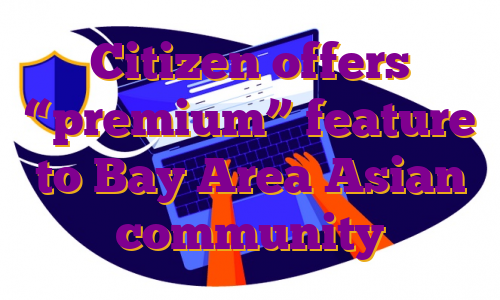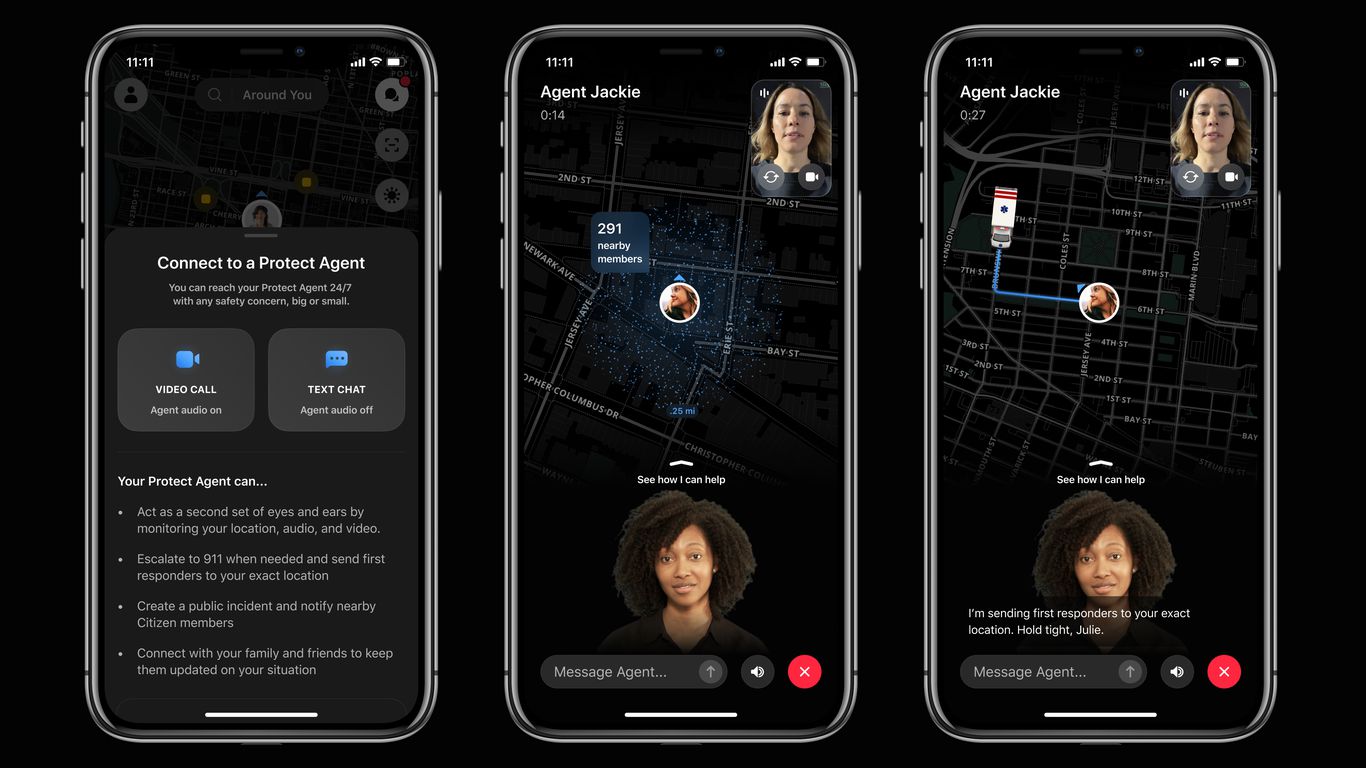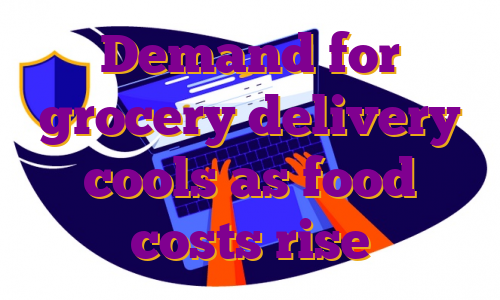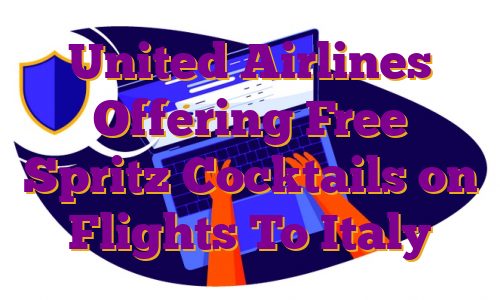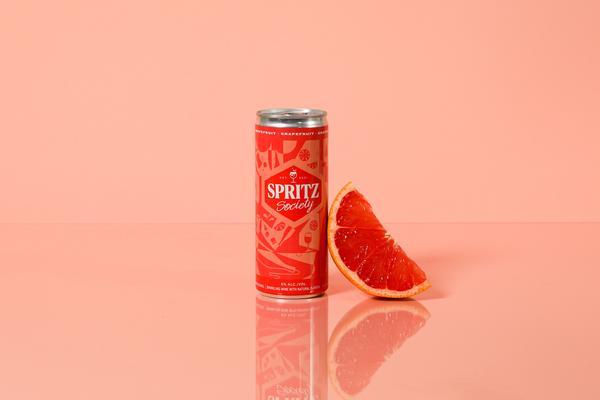Citizen, an app that lets residents report crimes, suspicious behavior and public safety hazards, like fires, is launching a new initiative aimed at cutting down on anti-Asian crime in the Bay Area. What’s happening: The New York City-based company, which self-describes as “the most popular public and personal safety app in America,” announced Monday that it’s providing up to 20,000 people in the Bay Area’s Asian community with a free one-year access to Citizen Premium (formerly known as Citizen Protect). How it works: Typically $20 per month, Citizen Premium offers users 24/7, unlimited access to its team of agents who are available via video or text whenever a person feels unsafe or uncomfortable.
- Trevor Chandler, Citizen’s director of government relations, told Axios the agents come from a variety of public safety backgrounds — including EMS, fire departments, and 911 dispatch centers — and are “empowered to find creative solutions to our users’ safety concerns.”
- In August, for instance, Chandler said agents completed over 300 “live monitoring calls,” during which a user felt unsafe and wanted someone to be on the line until they reached their intended destination.
- Agents can also escalate situations to 911 if a person is overwhelmed after witnessing a crime or isn’t comfortable making the call themselves.
By the numbers: Chandler says “tens of thousands” of users have already upgraded their accounts to access the Citizen Premium. Why it matters: Anti-AAPI violence has been on the rise since the beginning of the coronavirus pandemic, including in San Francisco, where anti-Asian hate crimes dramatically increased last year.
- Zoom out: Between March 2020 and March 2022, Stop AAPI Hate counted nearly 11,500 hate crimes against Asian Americans nationwide.
What they’re saying: San Francisco’s Chinese American Association of Commerce, which is partnering with Citizen to distribute the app to its members, said: “Hate crimes against Asian business owners continue to plague our city and we need to use every tool at our disposal to protect each other.”
- The group added that for its members, it’s important to “have someone watching their back when they are opening and closing their shops or simply feeling unsafe.”
The other side: While the Citizen app uses information from police, fire and emergency departments to issue alerts about potentially dangerous situations, it also relies on crowdsourced content, which some argue, can lead to racial profiling.
- Still, Chandler told Axios: “Citizen is a powerful tool in the fight against racial profiling, especially for communities of color who may want to call the police but are afraid to do so.”
Meanwhile: Last year, the Electronic Frontier Foundation commented on Citizen’s new paid feature that connects users to agents, saying: “There are scenarios in which a tool like this might be useful — but to charge people for it, and more importantly, to make people think they will eventually need a service like this — adds to the idea that companies benefit from your fear.”What’s next: The company is holding an informational session this Thursday at the Chinese American Association of Commerce where it will train around 30 of the group’s members on how to use Citizen Premium.
- Chandler said the company will partner with more AAPI groups across the Bay Area to “fully distribute” the free accounts.
.

